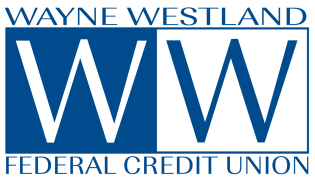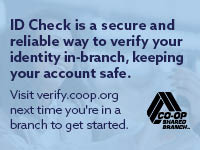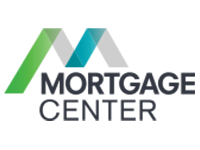Many people use online banking to check their account balances or to transfer funds between accounts. But if you’re not using your online bank account to consolidate and pay your bills, you’re missing out on the best part!
How Does Online Bill Pay Work?
How online bill pay works is pretty simple: You enter a person or company you want to pay and the service sends your funds electronically or prints out a paper check and mails it to the payee. You can receive, view, and pay an unlimited number of bills for up to a year in advance of the due date on one web site. I’ll discuss more about the security of paying bills online in just a moment.
Most large companies—like lenders and insurers—are set up for electronic payments, so your funds can be received in a day or two when you use online bill pay. But if you’re like me, you also need to pay small companies or individuals who don’t accept electronic payments. That’s no problem because, as I mentioned, the bank’s bill pay service actually cuts a check, puts it in an envelope, and mails it to anyone in the United States for free! Since paper checks take 3 to 5 business days to arrive, the system prompts you to enter the day you want the check to be received so there’s enough time for processing and delivery.
How Online Bill Pay Saves Money
I can’t say that using online bill pay makes paying bills fun, but it sure makes it easy! You never have to write a check again—you just click a few buttons instead. Plus, you save money by eliminating the expense of paper checks, envelopes, and stamps—not to mention the time that you save paying bills from one place online. Imagine spending just 10 or 15 minutes each week to pay bills instead of toiling away for hours.
Manage Your Money Using Online Bill Pay
In addition to paying bills, most bill pay services offer the following 5 features to help you stay organized and manage your money better:
- Aggregating e-bills: You can have electronic copies of your bills sent directly to your bill pay center instead of to your email inbox, which centralizes your information.
- Alerts: For each biller that you set up, you can create customized email alerts that inform you when a bill has arrived or remind you about the due date. That’s a handy way to make sure your bills are paid on time so you eliminate late fees and boost your credit score.
- History: At a glance, you can see all your pending online payments and the payment history for each biller in your system.
- Multiple accounts: You can choose to pay a bill from multiple accounts that you might have with the bank, like a checking or a money market deposit account.
- Automatic payments: For bills that you pay on a regular basis, you can automate them by setting up recurring payments. Just be sure that you have a good handle on your available funds so you don’t overdraft your account.
How to Get Started Using Online Bill Pay
If you’re ready to get started paying your bills online, the first step is to make sure that your bank or credit union offers it. If not, I recommend that you switch to a high-yield, FDIC-insured checking account that charges absolutely no fees and comes with free online bill pay. You can find one of these great bank or credit union accounts at sites like checkingfinder.com and depositaccounts.com. Once you’ve created your online banking account you can register for the bill pay service and get started.
To set up the companies and people you want to pay, you enter their name, mailing address, and your account number, if you have one. There’s no need to enter all your payees at once—simply enter each paper bill or e-bill as you receive it. Once you save this information in the system, all you have to enter is the amount to pay and the date you want the biller to receive your money.
Is Online Bill Pay Safe?
When I discuss any type of online money management, people always want to know if it’s really safe. It’s crucial to understand that most identity theft doesn’t occur due to computer hacking. In fact, most cybercrime happens when a thief steals your wallet, your trash, or reroutes your incoming mail without you knowing.
One of the best ways to protect yourself from identity theft is to stop sending and receiving paper documents through the mail that have your confidential information, like checks, bank statements, credit card statements, and bills. When you switch to e-bills and e-statements, you’re in control of your sensitive information and can password-protect your computer or mobile device.
Banks use the highest levels of security and guarantee protection against unauthorized transactions. Additionally, you can give yourself an added layer of protection by logging on to your bank’s web site using a secure Internet connection only. Never access your financial accounts from an open wireless network, like in a coffee shop or a library. By monitoring your account activity and setting up strong passwords that you change on a regular basis, you can reduce the likelihood of fraudulent activity.
Online bill pay can simplify your financial life by eliminating expenses, reducing the amount of paper you have to handle, and saving time—so you can spend it doing something you enjoy.
H/T Source: Quick & Dirty Tips


